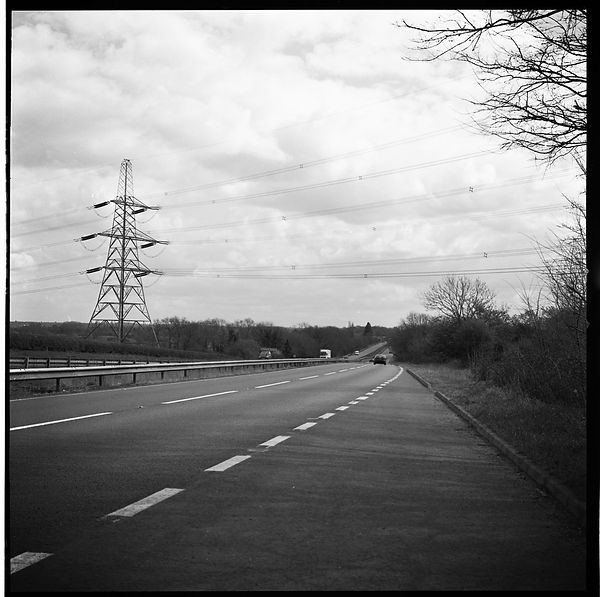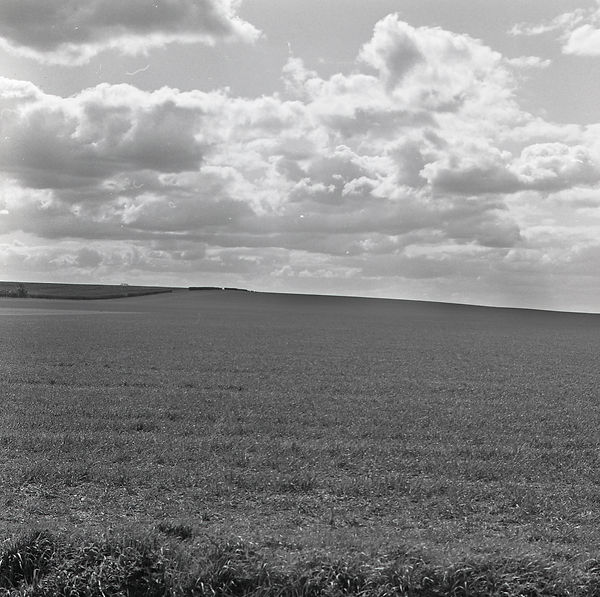Jessica Frank
VP Andy Cantouris
Roads, Edgelands

Peter Baker



Stephen Shore













Shoot 4
Peter Baker creates beautifully composed landscapes I love how his work makes me feel, calm and intrigued. Below is an extract from and interview with him and explains perfectly his intentions when making landscapes:
3. In your projects “Blissfield” and “The Great Lakes” I notice a contrast between beautiful landscapes, perfectly integrated wooden houses and simple people life in respect to the harsh iron matter of imposing industrial structures. Indeed I often see this in your works. Are you complaining of an environmental disaster or do you think that the two realities can coexist without problems? How do you see the future of your country?
«I think two competing aspects of the great lakes area – abundant natural and recreational resources amongst a once immeasurable industrial economy – has left the region with a really interesting juxtaposed visual aesthetic. The two realities have been coexisting for so long that people stop seeing it as anything but normal, so rather than just taking pictures of the parts we all agree are nice, I’d rather allow people to see it all».
The full interview is available here: http://www.urbanautica.com/post/25152094076/peter-baker
Stephen Shore is a photographer who pioneered the use of color in art photography in the 1970s. While color photography had been regularly used in advertising and magazines, it was rarely used for art photography. Shore employs color because of its ability to record the range and intensity of hues seen in life, resulting in photographs that celebrate the beauty found in the banal.
Although I've been focusing on black & white I would like to experiment with color more possibly in my next shoot. The main thing that draws me to Shore's work is the composition and his choice on subject. Although he describes it as the 'banal' I find the theme of my current project bursting through. This facinates me because I guess with many landscapes unless solely in the depths of nature urban life and man-made objects will arise and dominate somehow.
This week I wanted to focus on the motorways and the areas surrounding them. I switched between shots of the road and ones of just nature I wanted to highlight how this massive roads are laid through vast quantities of natural surroundings, we often forget the areas we are passing through when driving and the big impact on these places.
The last image here is my favourite, I love the contrast with the road on one side to the field and trees on the other. I also like the creeping in of the gate in the far right hand corner and how the bushes are growing over it. Unfortunately due to equipment problems I've had to use a different camera for this shoot therefore the format is different this is annoying if I wanted to group these with any I have previously shot I would have a bit of a problem size wise. However this should be the only shoot which is a different format.
I'm wanting to focus on motorways this week I've done some reading into them being described as Edgelands - the book by Paul Farley and Michael Symmons Roberts. This review on the book describes what are edgeland is well:
'The edgelands are the debatable space where city and countryside fray into one another. They compromise jittery, jumbled, broken ground: brownfield sites and utilities infrastructure, crackling substation and pallet depots, transit hubs and sewage farms, scrub forests and sluggish canals, allotments and retail parks, slackened regulatory frameworks and guerrilla ecologies.' - Robert Macfarlane.
Although I believe this overlap and fray exists through both environments on a smaller scale and that I have been shooting for example wastelands, carparks etc However I feel its important to remember the affect each place had on one another where they situate and where they meet.